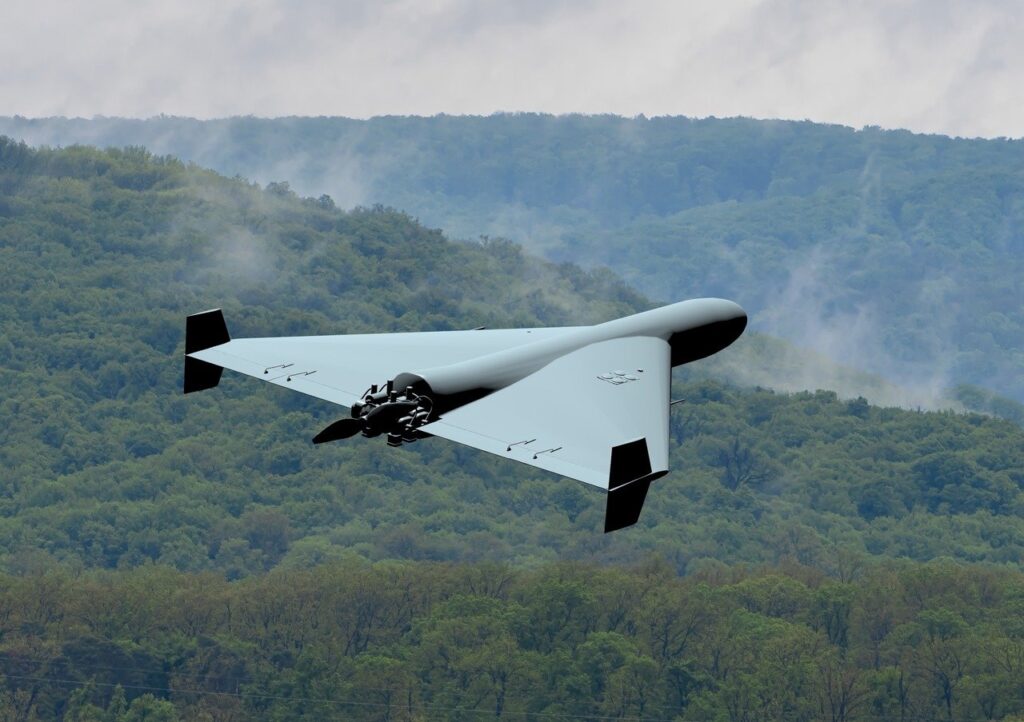
T-80: Russia’s Biggest Tank Mistake?
As Russia pushes to absorb portions of Ukraine, renewed interest is being paid to Russian military capabilities. Not since the end of the Cold War has the general public cared so deeply about the specifics of Russian military weaponry. Commanding considerable attention are the tank designs, of which the Russians have lost thousands, in an effort to push across the plains of Eastern Ukraine. One of the more prominently used Russian tank designs, a holdover from the Soviet Union, is the T-80 main battle tank.
The Roots of the T-80
The T-80 is a derivative of the T-64. Kharkiv manufactured the T-64 in the mid-1960s. At the time, the T-64 was revolutionary, introducing a number of advanced features. Features included composite armor, a compact engine and transmission, and a smoothbore 125-mm gun equipped with an autoloader. The result was a heavily armored, yet light and mobile tank, weighing just 38 tons. While the T-64 had an impressive design, the tank was expensive to build.
Because the T-64 was expensive to build (and physically complex), the tank was produced in smaller numbers than preceding Soviet tanks. Like the T-72, for example, which was mechanically simpler and much easier to maintain in the field than the T-64. However, because of the T-64’s advanced features, the tank was kept on the ready, standing guard to serve should the Cold War turn hot.
Experimenting With a New Design
In the 60s and 70s, the Soviets began experimenting with tank designs. Concerned with the poor reliability of the T-64’s 5tD diesel engine, the S.P. Izotov bureau at the Klimov Research-Production Association built “Object 219,” which was essentially a T-64 with a GTD-1000T multi-fuel gas turbine engine. The GTD-1000T produced up to 1,000 horsepower and made for an overall heavier tank than the T-64. The Object 219’s increased weight and increased horsepower made clear that the tank’s suspension would need to be redesigned. So, a second prototype was built, with bigger drive sprockets and return rollers and six road wheels instead of just five. The second prototype was known as Object 219-2.
Soviet Minister of Defense Andrei Grechko denied Object 219-2 for production because the tank had a high fuel consumption, and didn’t offer improvements over existing tanks with respect to armor or weaponry. Yet, when Grechko died in 1976, Dmitry Ustinov inherited the Defense Ministry, and Ustinov was an enthusiastic supporter of Object 219-2. Ustinov quickly approved Object 219-2 for production, under the designation T-80.
Introducing the T-80
At first, western analysts confused the newly designated T-80 with the existing T-72. The T-80 and the T-72 hail from different design bureaus; SKB-2 designed the T-80, while Uralvagonzavod designed the T-72. However, the two tanks do share some similar cosmetic features. From a distance, the T-80, T-72, and T-64 all look quite similar. The T-80 was 90 centimeters longer than the T-64, however. And the T-80 differed from the T-72 in important mechanical ways – namely, the T-72 was mechanically much simpler than the T-80. Accordingly, the T-72 was expected to be produced in higher quantities than the T-80 (and also exported, whereas the T-80 would not be).
The T-80 offered an improvement over the T-64. The most obvious improvement was the turbine engine and the newer suspension. The result was a tank with a higher power-to-weight ratio – which made the T-80 the most mobile tank in the Soviet inventory. However, the T-80 had a limited range because the gas turbine engine consumed fuel so quickly (even when the engine was idle).
To address the high fuel consumption (and limited range) problem, the Soviets built a T-80 that featured a commercial turbo-diesel engine. The diesel T-80 was known as the T-80UD. The T-80UD featured a 1,000 horsepower 6TD 6-cylinder opposed-piston multi-fuel two-stroke turbo-piston diesel engine. The result was high fuel efficiency and long cruising range (and less maintenance).
The T-80 in Service
By the time the Soviet Union collapsed, 4,839 T-80s had been produced. Russia absorbed many of the T-80s, as did the militaries of Ukraine, Belarus, and Kazakhstan.
The T-80s would not be used prominently for nearly 30 years when the Russians invaded their Ukrainian neighbors. Alongside the T-72 and T-90, the T-80 was used in the invasion of Ukraine, often outfitted with improvised steel grilles atop the turrets to counter the effects of top-attack munitions like the FGM-184 Javelin and loitering kamikaze drones.
Still, the Russians have lost upwards of 700 T-80 tanks since the Russo-Ukraine War began, hinting at how brutal and destructive the war has been for nearly two years straight.
About the Author
Harrison Kass is a defense and national security writer with over 1,000 total pieces on issues involving global affairs. An attorney, pilot, guitarist, and minor pro hockey player, Harrison joined the US Air Force as a Pilot Trainee but was medically discharged. Harrison holds a BA from Lake Forest College, a JD from the University of Oregon, and an MA from New York University. Harrison listens to Dokken.
Image Credit: Shutterstock.


